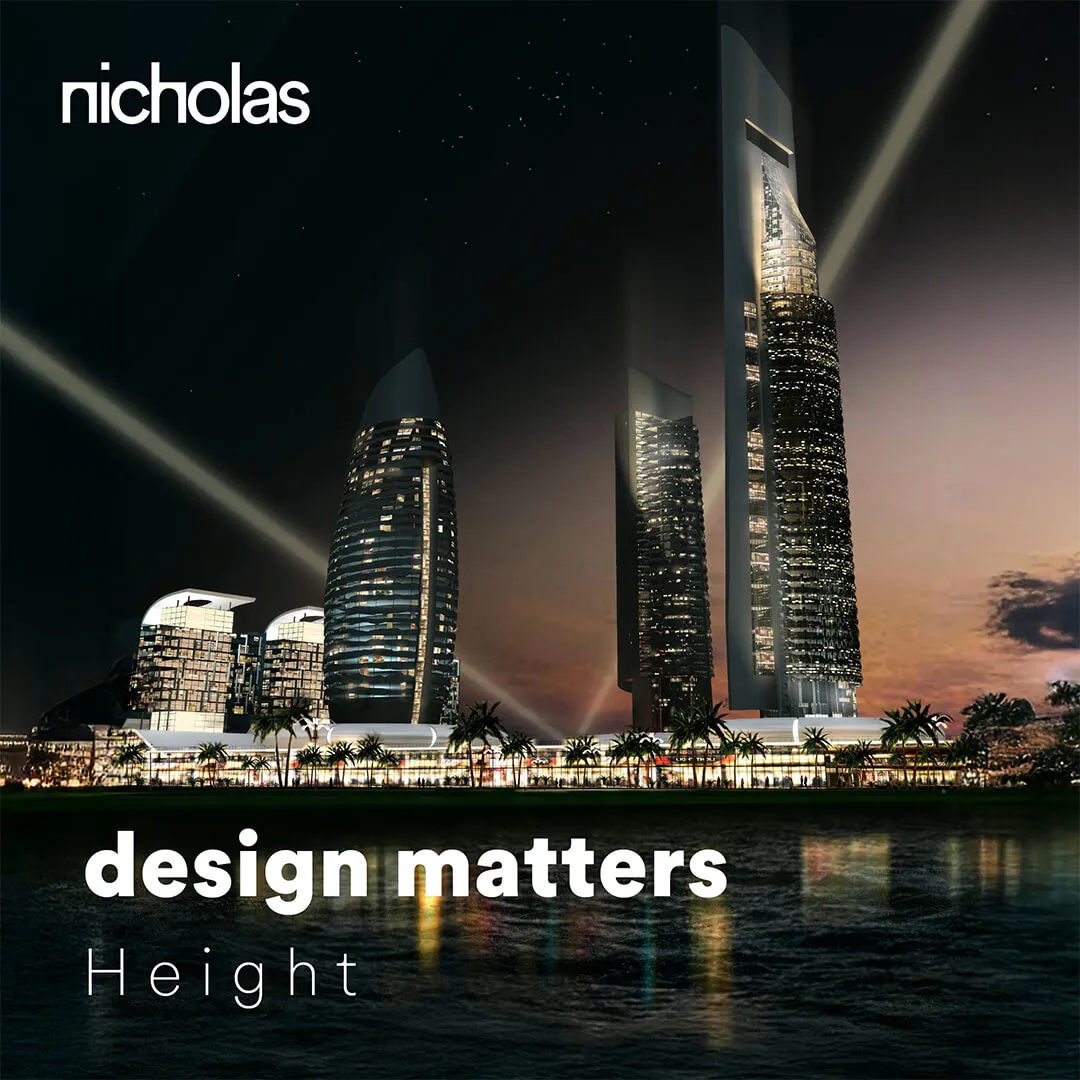
Does height matter?
In an urban environment, buildings reaching a height of 14 or more stories – 50 metres (165 feet) – would typically be considered “tall”.
A building becomes “supertall” once it reaches 300 metres (984 feet) in height, and a “mega-tall” building is one which is over 600 metres (1,968 feet) high. As of today, there are 173 “supertalls” and only three “mega-tall” buildings completed globally.
Increased density is advantageous in city centres, and around transport nodes – as it will drive public transport demand and reduce walking distances.
A vertically-integrated high-rise development introduces a variety of uses – such as residential, hospitality, commercial and retail – which will “activate” both the tower and its surroundings for much of the 24-hour cycle.
But there are downsides. The first is the technical constraints which accompany height. Buildings of 15-30 storeys are generally straightforward to construct with conventional structural and MEP solutions and a wide variety of cladding types being available
Above 50-storeys, and certainly in the 80-storey-plus “supertall” range, technical challenges multiply due to increased structural loadings and additional services requirements. Vertical transportation occupies a higher percentage of the floorplate. Claddings must be designed to account for increased “sway”.
Buildings which are taller than their neighbours face increased solar heat gain due to higher surface area ratios. The propensity for glass cladding (for weight reduction, and for “aspect”) reduces thermal resistance, even when using high-performance products.
These issues bring very tall buildings to a point where claims of “sustainability” can no longer realistically be made.
In countries without significant land supply constraints, the argument for “mega-tall” buildings is thin. I would say that the “sweet spot” is around 50 storeys with clusters of towers, a variety of occupant uses; and enlivened at the base – resulting in a scheme that is better integrated with the surrounding urban fabric than a single, very tall tower.